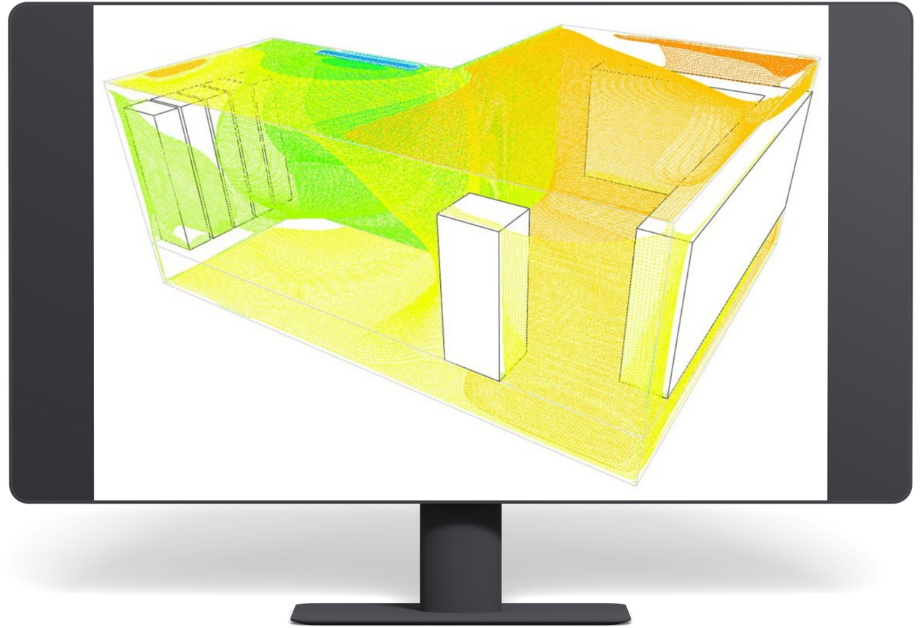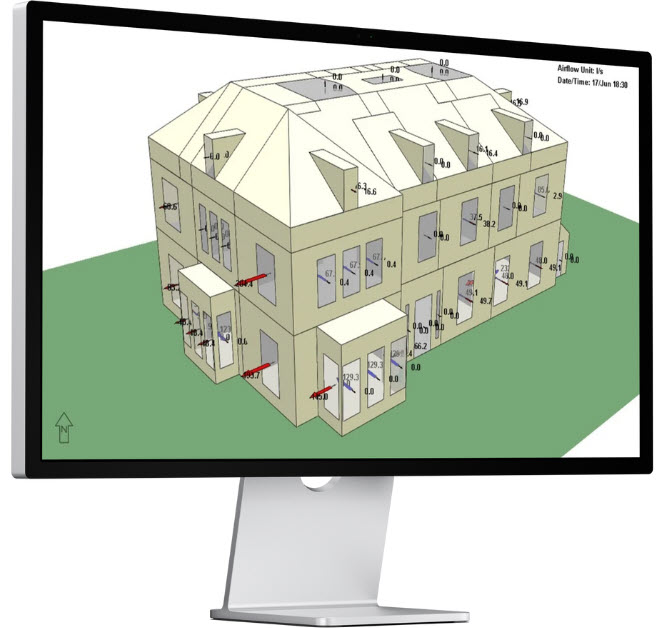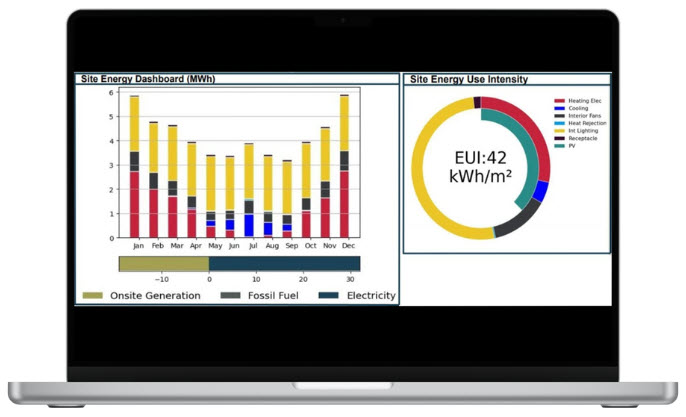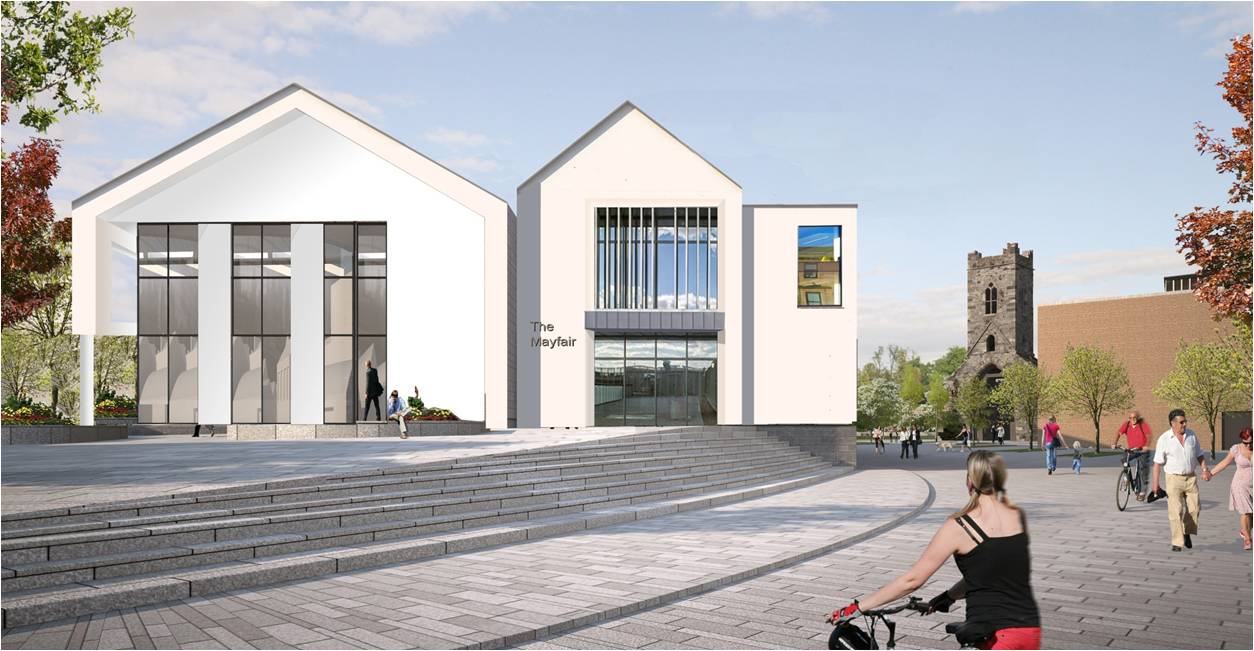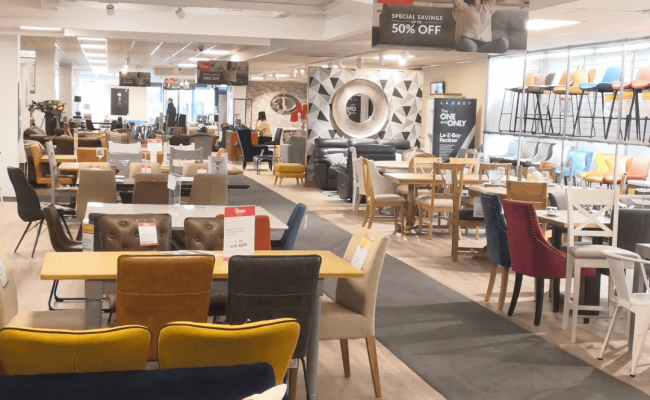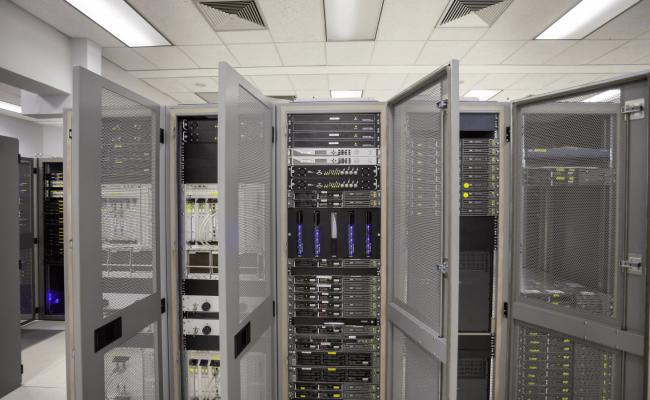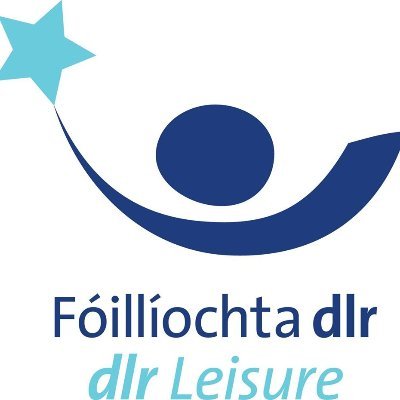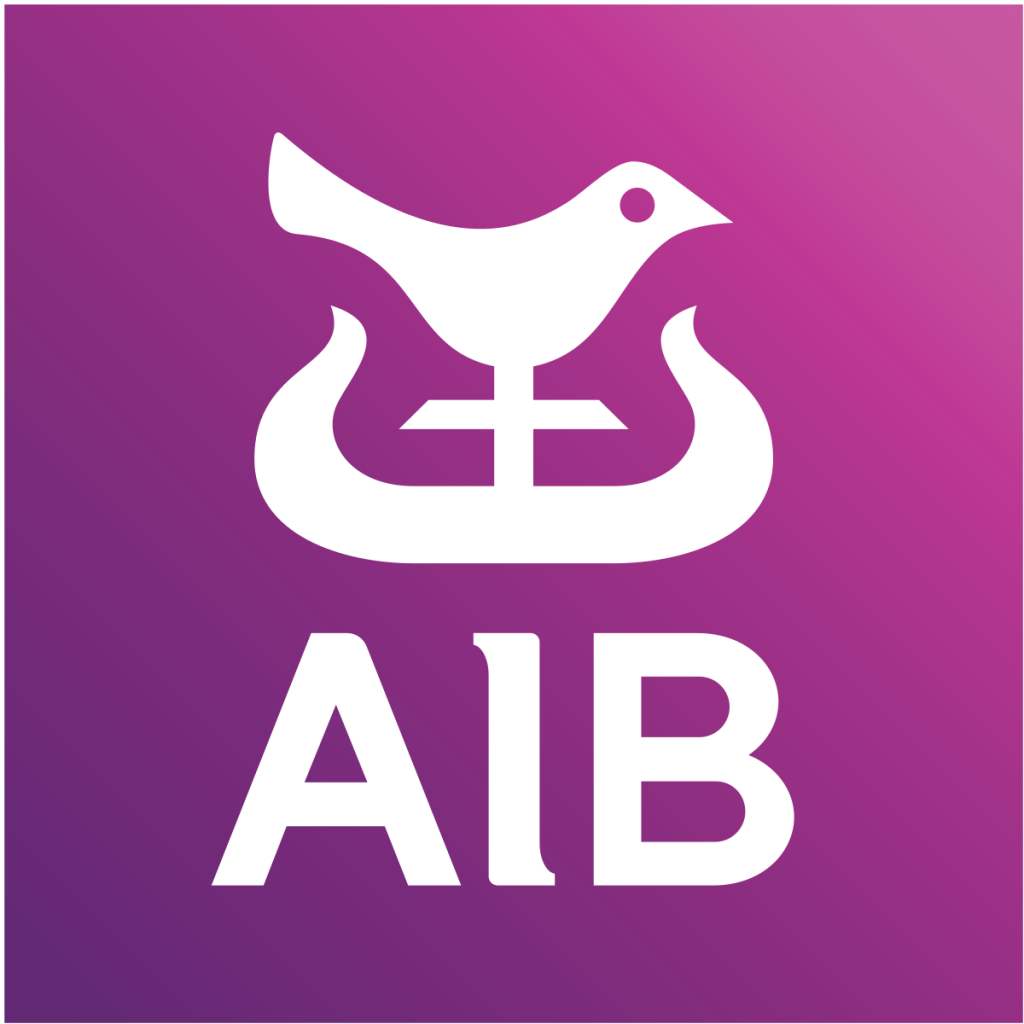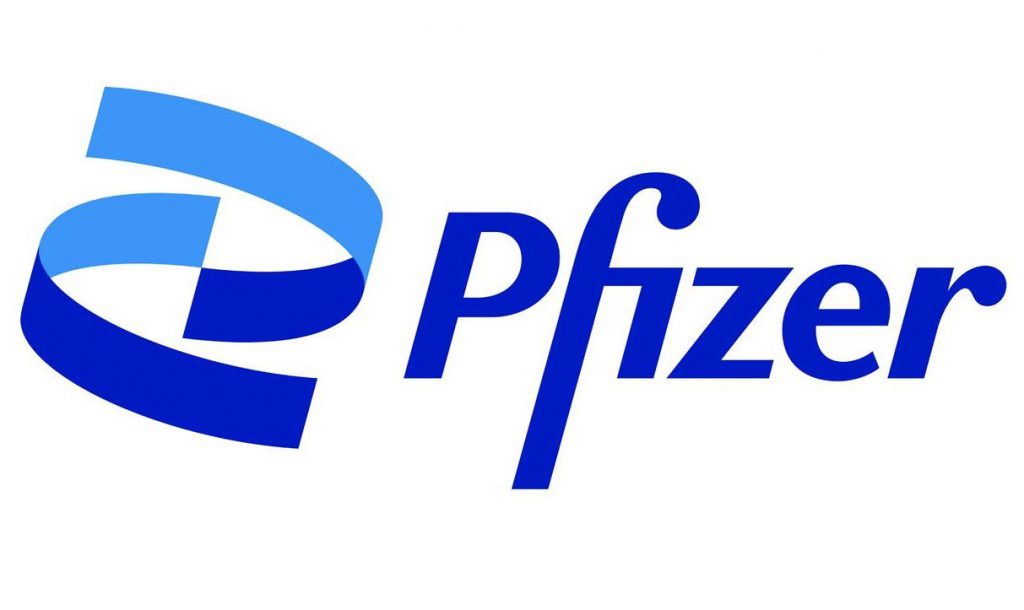- Demonstrate Exemplar Building Performance
- Ensure Compliance With Legislation
- Gain Complete Visibility Over Impacts Of the Building On Occupants And The Local Environment

Advanced Energy Modelling
Advanced Energy Modelling goes beyond meeting compliance with the Building Regulations and pushes the boundaries for healthier and efficient building design. It investigates how different systems interact within the building using a virtual environment and accurate weather data, to better inform design proposals.
Allowing Better Performing Buildings
An increasing demand for better performing buildings with operational energy use that is consistent with net zero targets
Advanced Energy Modelling aims to better-inform Design teams with strategies and assessments of low-carbon technologies and their interactions within a dynamic simulation model. Through interrogation of design proposals within a modelling environment, we can help Design Teams with the following:
- Predicted in-use energy consumption of each system within the building and associated carbon emissions.
- Predict HVAC performance and track the level of airflow and temperature change within a space using Computational Fluid Dynamics (CFD).
- Determine the risk of overheating within a space.
Designing Healthier And Efficient Buildings
CIBSE TM45 for optimal building performance
Lawler Sustainability have a team of energy modellers who are adept with following the Chartered Institution of Building Services Engineers Technical Memorandum 54 (CIBSE TM54): Evaluating operational energy use at the design stage. CIBSE TM54 is a proven methodology which provides Design Teams with better-informed calculations of energy use in operation and produces performance targets against which measured performance in use can be compared.
In addition to operational energy use assessments, we can provide Computational Fluid Dynamics models that tracks the levels of airflow and temperature differences within a space, such as a swimming pool, or library which uses displacement ventilation strategies. The results of CFD analysis can provide valuable information to Engineers when designing and optimising HVAC performances.
Assessing the risk of Overheating is achieved through using the CIBSE TM52 The limits of thermal comfort: avoiding overheating. It uses a dynamic model to predict a building’s potential to overheat. In turn, our team of engineers can propose solutions to mitigate this risk through the use of natural ventilation, mechanical ventilation, or a hybrid of both. Our first solution is to use natural ventilation instead of air conditioning which can have an impact on the building’s energy use and carbon emissions.

